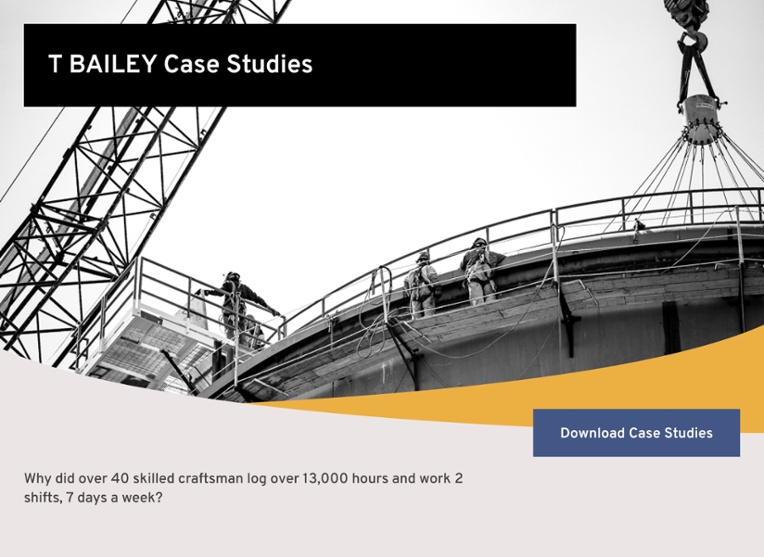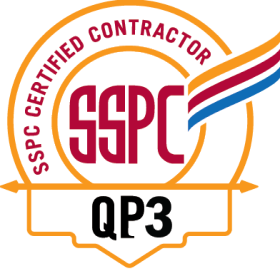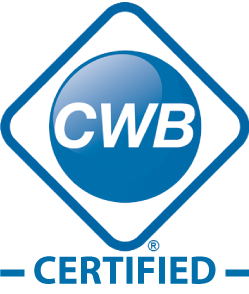Did you know that about 80 out of every 100 accidents are the fault of the person involved in the incident?
Individuals performing unsafe acts cause four times as many accidents and injuries as unsafe conditions. Those combined statistics can be frustrating to employers who are trying to make work conditions safe, but still have accidents happen. No one wants to cause an accident or get injured in one that they caused, yet it happens more often than not.
Creating A Safe Workplace By Overcoming Complacency
While there is no one reason why an accident occurs, people often try to find a scapegoat to blame for the accident – it is easier to place blame on one thing than to identify the root cause and circumstances that led up to the accident or unsafe act.
One of those root causes that should be addressed is complacency in the workplace. A false sense of security as a result of poor training or developing risky bad habits often lead to accidents. I’ve heard it said that complacency is a silent killer.

Complacency leads to what is called, “mind not on task”. Once you have developed a skill to where fear is no longer preoccupying your thinking, your mind will go on autopilot and will drift off to another topic, creating a higher risk of injury. For these reasons, when we at T BAILEY perform a site safety audit our auditors actively look for behaviors, not just conditions and circumstances.
We have all been guilty of these attitudes and behaviors. Here are some suggestions to help you stay safe by avoiding complacency.
How To Overcome Complacency In The Workplace
1. Correct Bad Habits
Sometimes employees do not recognize that they have developed a bad habit. It is a good practice for supervisors or coworkers to observe and mentor other employees in order to identify and correct those bad habits.
2. Perform a Job Hazard Analysis (JHA)
A JHA is an effective way to figure out the smartest ways to work safely and effectively. It is important to have several people involved in the analysis, and starts with the person performing the task to evaluate the possible hazards associated with the task. Being hasty in starting a task, or not thinking through the process can put you in harm’s way. Additionally, it engages your mind in the task to be performed before it starts.
3. Talk About Change
When an individual is complacent, they have a difficult time recognizing or remembering when change has occurred. It is important to talk about change often in attempts to engage the mind. At T BAILEY, we hold weekly company-wide safety meetings where we address topics like near misses and evaluating the root cause, and then additionally talk about changes that are occurring so they are well communicated and their effects are understood.
4. Change the Routine
Rotate employee’s job tasks so they are not performing the exact same function day-to-day. This will help keep the employee thinking about what they are doing and prevent the slide into complacency.
5. Encourage Employees to Build Value
Once employees have mastered their jobs, find ways they can bring more value to the company and their job. This keeps the employee engaged and thinking about what they are doing and how they can do it better. They also might help to engage their coworkers. Encourage employees to mentor and coach others, thus increasing Safety, Production, and Quality.
Safety is a Consistent Effort
A quality, well-engaged and communicated safety program will help prevent that perilous slide into complacency. It’s not enough to just talk about safety once in a while; it needs to be a consistent effort by all.
Reduction of accidents isn’t just about preventing that obvious mistake. You also need to fight complacency and find techniques to overcome your mind not being on task.







